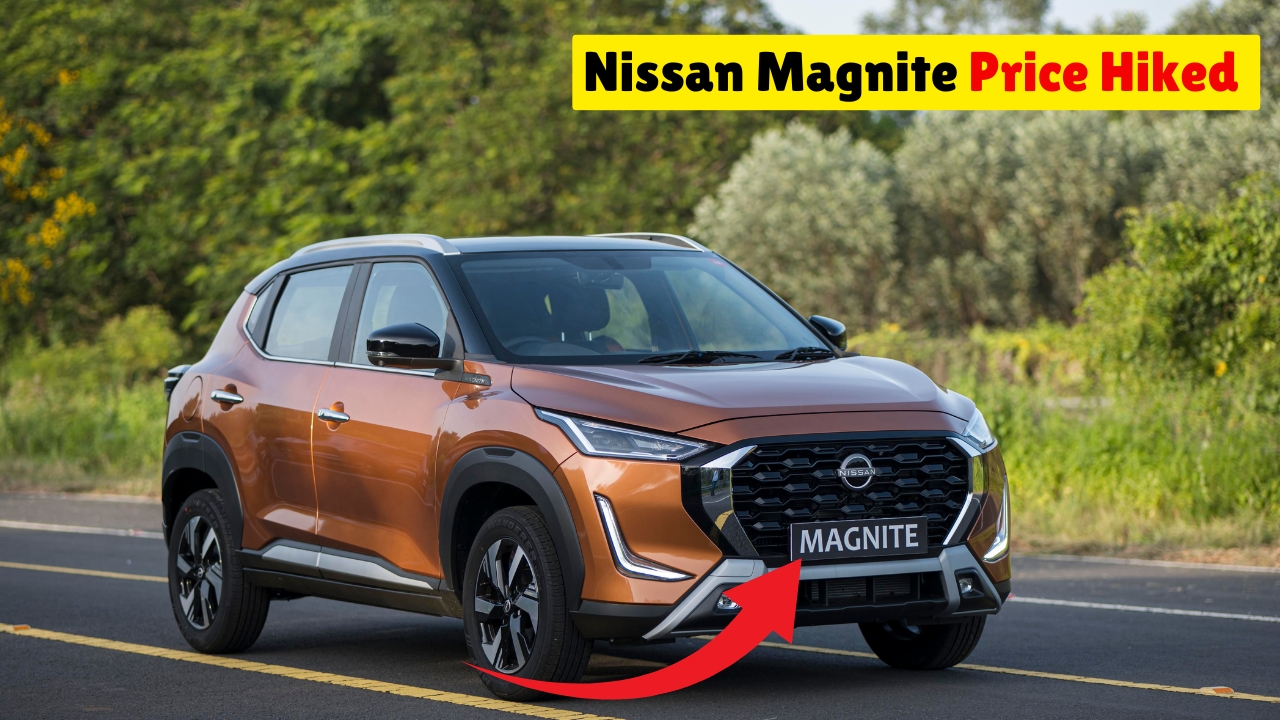£250 UK Driving Licence Fee : British drivers have raised widespread concerns following reports of a significant increase in driving licence fees, with figures as high as £250 being discussed in various contexts.
This sharp rise from the current costs has led to confusion, anxiety, and in some cases, misinformation about what motorists will actually need to pay.
This article examines the reality behind the £250 figure, clarifies the actual costs for drivers, and explores the broader changes affecting UK motorists.
Understanding the £250 Claim: Facts Vs Misconceptions
The widely circulated £250 figure requires immediate clarification, as it does not represent a standard fee for routine licence renewal.
Instead, this amount applies to specific circumstances such as international driving permits, specialised licence categories, and penalty-related costs. A clear breakdown of these fees is essential to help drivers understand whether they will be affected.
The Driver and Vehicle Licensing Agency (DVLA) has confirmed that the standard fees for obtaining or renewing a licence remain significantly lower than £250. The current fee structure includes:
- £34 for a first provisional driving licence when applying online (£43 by post)
- £14 for a routine 10-year photocard renewal
- Free renewals for most drivers over 70
However, there are certain situations where motorists may face costs approaching or exceeding £250:
Special Licence Categories and Reinstatement Fees
Some of the higher legitimate costs that can approach £250 include:
- High-Risk Driver Reclassification – Drivers who have had their licence revoked due to serious traffic offences may face additional costs, including mandatory high-risk insurance certification fees, which can surpass £250 when combined with reinstatement charges.
- Professional Driver Licences – HGV and PSV drivers requiring specialised testing, medical assessments, and a Certificate of Professional Competence (CPC) may see total costs exceed £250, though these expenses are distributed across different requirements rather than being a single licence fee.
- Medical Investigation Costs – Some drivers with medical conditions requiring specialist assessments may face private medical examination fees, pushing their total licence-related costs towards the £250 mark.
Jonathan Mitchell, a traffic regulation expert from the Road Safety Foundation, explains: “It’s crucial to differentiate between standard licence costs and the total expenses in cases of specialised or penalty-related requirements. The £250 figure being discussed is generally a worst-case scenario rather than a typical cost for the average motorist.”
What Fees Are Actually Increasing?
Although the £250 figure may be misleading for most motorists, the DVLA and Driver and Vehicle Standards Agency (DVSA) have introduced some notable fee adjustments:
- Driving Test Fees – The practical driving test fee has increased by around 20%, now costing £75 on weekdays (up from £62) and £85 on weekends. When combined with the £23 theory test, new drivers now face testing fees of around £100—significant but still far from £250.
- Specialist Vehicle Licence Fees – Certain vehicle categories, particularly for passenger and goods transport, have seen above-inflation fee increases, though still below the £250 mark.
- Photocard Renewal Fees – The cost of renewing a photocard licence has risen from £14 to £17 for online applications and from £17 to £22 for postal applications, a 21% increase.
Brexit and International Licensing Changes
Part of the confusion around the £250 claim stems from post-Brexit changes to international driving requirements. British drivers now face additional costs when driving in certain foreign countries.
- International Driving Permits (IDPs) – UK drivers now need IDPs in many countries, costing £5.50 each. Some travellers may require multiple permits, but even combined, these fees fall well short of £250.
- Expatriate Licence Costs – UK drivers living abroad who failed to exchange their licences within the permitted timeframe may need to retake foreign driving tests, which can be costly in some EU countries. In these cases, combined expenses for lessons, tests, and paperwork can indeed reach or exceed £250.
These changes have contributed to the discussion around rising licence costs, though they primarily affect specific groups rather than all UK motorists.
Green Levy and Environmental Costs
Another factor contributing to the £250 discussion relates to environmental surcharges, though these are not direct licence fees.
- Ultra Low Emission Zone (ULEZ) and Clean Air Zones – Drivers of older, high-emission vehicles in cities like London face daily charges that can add up to well over £250 annually. However, these are operational fees, not licensing costs.
- Emissions-Based Permit Increases – Some councils are introducing “climate contribution” surcharges for resident parking permits, with higher-emission vehicles facing additional fees.
- Vehicle Excise Duty (Road Tax) – Some higher-emission vehicles now incur first-year registration charges exceeding £250, though subsequent years typically cost less.
While these environmental costs impact certain drivers, they remain separate from the standard fees for obtaining or renewing a licence.
Digital Licensing and Fraud Prevention
The DVLA’s ongoing transition to digital services has also contributed to rising costs, though these increases are spread across various fees rather than appearing as a single £250 charge.
- Enhanced Security Features – New photocards include additional fraud prevention measures, increasing production costs by around £2.40 per card.
- Development of Digital Licensing – The DVLA is investing in digital verification technologies, which will eventually reduce costs but require upfront investment.
- Biometric Verification – New identity verification measures have added minor processing costs, particularly for first-time applicants and those needing additional security checks.
Penalty Fees and Expedited Services
The scenarios where drivers might face costs near £250 are largely related to penalties and urgent service requests:
- Revoked Licence Reinstatement – Reapplying after a licence revocation due to serious offences can involve multiple costs, including medical assessments, that may exceed £250.
- Foreign Licence Conversion – Certain non-UK licence holders may face higher fees for verification and testing, though standard conversions remain affordable.
- Fast-Track Services – Premium expedited processing services, when combined with replacement fees for lost licences, can push costs towards £100, though not £250.
- Multiple Licence Replacements – Drivers repeatedly losing their licence may face escalating replacement fees.
How Different Driver Groups Are Affected
The impact of these changes depends on a driver’s specific situation:
- New Drivers – The total cost for provisional licences, theory and practical tests, and first full licence issuance typically remains under £150.
- Ordinary Motorists – For most drivers, renewing a standard licence costs just £17 online (£22 by post), once per decade.
- Professional Drivers – Commercial drivers face the highest costs due to medical assessments and training, which can exceed £250 over time.
- Older Drivers – Over-70s benefit from free renewals, though some may need medical assessments that add extra costs.
- Frequent International Drivers – Costs for IDPs and foreign insurance requirements remain additional but not excessively high.
Final Verdict
The £250 figure circulating in discussions represents an extreme case rather than a standard fee for most UK drivers.
While motoring costs continue to rise due to factors like insurance, taxation, and emissions-related charges, the basic cost of maintaining a driving licence remains relatively affordable.
For most drivers, a standard licence renewal averages less than £2 per year when spread across its 10-year validity. Even new drivers pay far less than £250 in testing and licence fees combined.
The DVLA insists that fee adjustments reflect investments in security, digital services, and operational costs, not revenue generation.
Drivers can minimise costs by:
- Renewing licences on time via official channels
- Keeping address details updated for renewal notices
- Using online services for lower fees
- Checking for available discounts based on age or disability
- Planning international driving needs in advance
Despite growing costs in other aspects of motoring, the fundamental right to hold a UK driving licence remains affordable for the majority of motorists.











